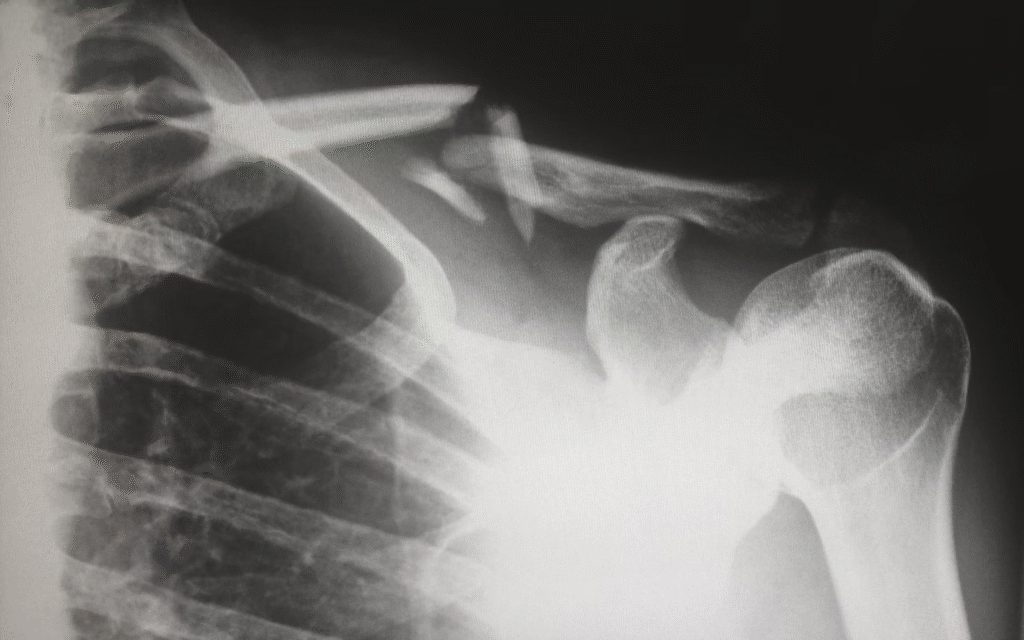Shoulder pain is a common complaint that can interfere with daily activities and diminish your quality of life. Whether it’s a constant ache or a sharp, sudden jolt, discomfort in the shoulder can stem from a wide variety of causes. Given the joint’s complex structure, made up of bones, tendons, muscles, and ligaments, it’s no surprise that it’s vulnerable to injuries and strain. Pain can arise from both acute injuries and chronic conditions, each presenting its own symptoms and challenges. Understanding what might be behind your shoulder pain can help you make better decisions about how to treat it and when to seek help.
Dislocated Shoulder
A dislocated shoulder is one of the most traumatic injuries that can happen to this joint. When the upper arm bone pops out of the shoulder socket, it leads to immediate and intense pain, often accompanied by swelling, bruising, and limited movement. This injury typically occurs after a fall, direct blow, or a sudden twist of the arm. It may also result in numbness, tingling, or weakness in the arm or neck. Left untreated, a dislocation can cause long-term instability or repeated dislocations. Consulting experts like Dr. Kevin Kruse can guide patients through proper diagnosis, treatment, and rehabilitation, helping to restore full function and avoid complications. Immediate attention is key, especially since some dislocations may involve surrounding tissue damage, including the rotator cuff or labrum. Recurrent dislocations can weaken the shoulder’s supportive structures, making early intervention a critical part of recovery.
Frozen Shoulder
Also known as adhesive capsulitis, frozen shoulder is a condition marked by stiffness and pain that progressively limits movement. It develops when the connective tissue around the shoulder joint thickens and tightens, forming scar tissue that restricts motion. This condition often begins gradually and worsens over time, with symptoms typically unfolding in three phases: freezing, frozen, and thawing. The freezing phase is when the pain starts and movement becomes increasingly restricted. The frozen phase sees a reduction in pain but continued stiffness, while the thawing phase marks the slow return of mobility. Frozen shoulder is more common in individuals with diabetes, thyroid issues, or those recovering from surgery or injury that required prolonged immobility. Treatment focuses on managing pain and restoring movement through stretching exercises, physical therapy, and occasionally corticosteroid injections. Recovery can take several months to years, and patience is often required to regain full function.
Tendinitis
Shoulder tendinitis is caused by irritation or inflammation of the tendons, the thick cords that attach muscles to bones, most often affecting the rotator cuff or the biceps tendon. It usually develops gradually from repetitive movements, poor posture, or excessive strain during physical activity. Common signs include a dull ache that intensifies with movement, tenderness in the front or side of the shoulder, and difficulty performing overhead tasks. Left unchecked, tendinitis can evolve into tendinosis, a degenerative condition that is harder to treat. People involved in sports like tennis or activities such as painting and carpentry are especially prone to this issue. Applying ice, taking anti-inflammatory medication, and adjusting activity levels are basic steps toward recovery. Physical therapy may be necessary to correct mechanics and reduce stress on the affected tendon. If conservative methods don’t work, more advanced interventions like injections or surgery might be required.
Shoulder Impingement Syndrome
Shoulder impingement occurs when the top of the shoulder blade presses on the rotator cuff tendons or bursa during arm lifting motions. This compression leads to irritation, inflammation, and pain, especially when raising the arm overhead or reaching behind the back. It’s a common issue for athletes who use repetitive overhead motions, such as swimmers or baseball players. Over time, the continued pinching of tissues can cause them to thicken or fray, increasing the risk of more serious injuries like rotator cuff tears. Symptoms often start as mild discomfort during activity but can become constant if untreated. Pain may radiate from the front of the shoulder to the side of the arm. Treating impingement involves modifying activities, strengthening shoulder muscles, improving posture, and reducing inflammation. Persistent cases may benefit from a guided rehabilitation program or even arthroscopic surgery if structural changes have occurred within the joint.
Shoulder pain isn’t always a sign of a major problem, but ignoring it can lead to complications that are harder to treat over time. Whether the cause is a dislocation, rotator cuff injury, frozen shoulder, bursitis, tendinitis, or impingement, early recognition and the right course of action can prevent long-term damage. Some conditions improve with rest and therapy, while others may require specialized treatment to restore full mobility. Understanding what might be behind your discomfort is the first step toward recovery. If shoulder pain persists or interferes with daily life, seeking professional help is the most reliable way to find relief and regain strength.






